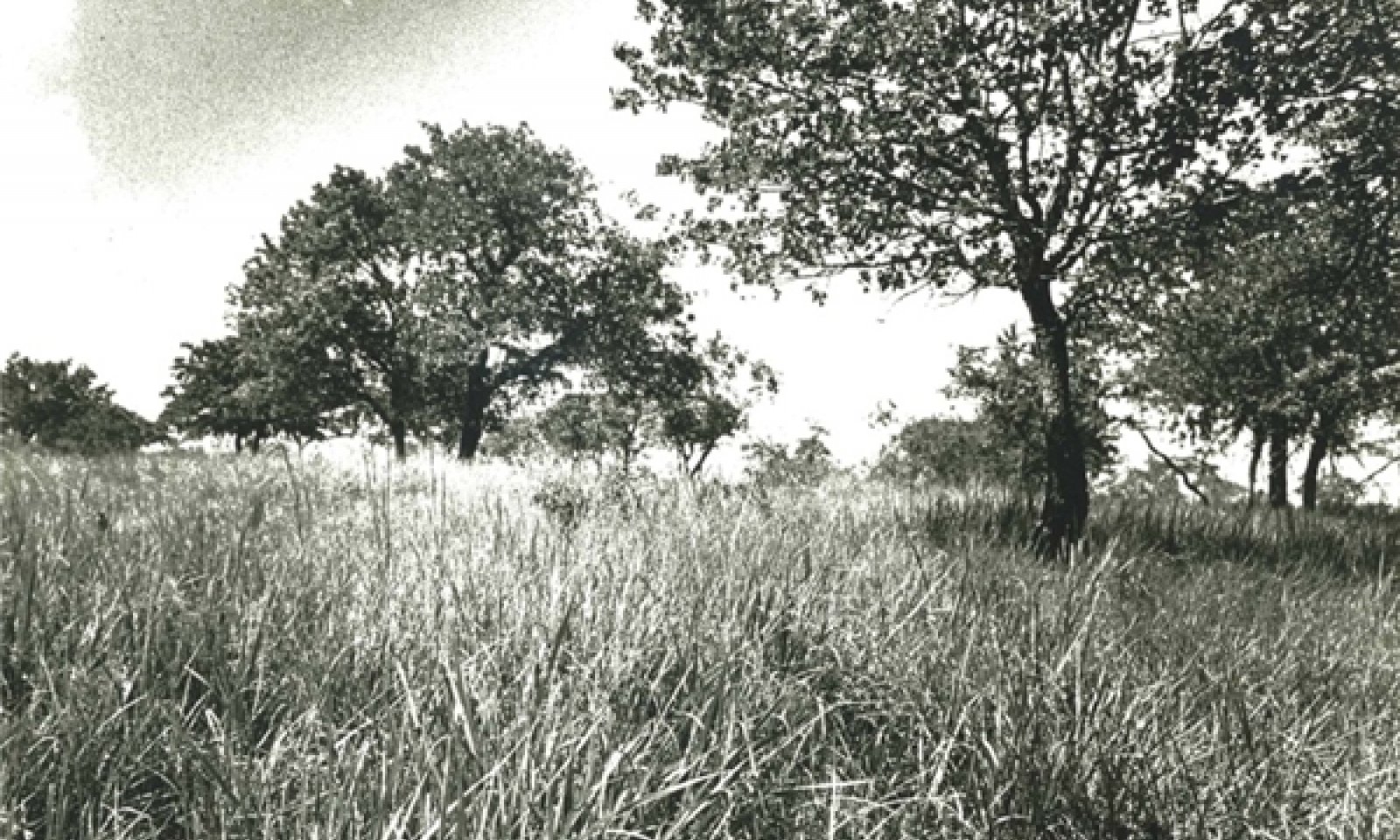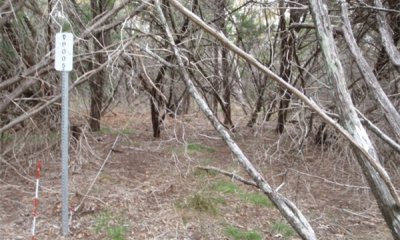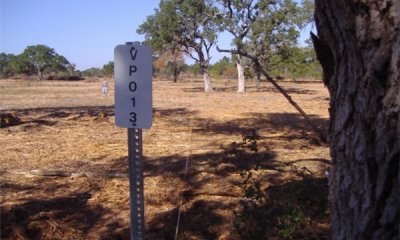
Redland 29-35 PZ
Scenario model
Current ecosystem state
Select a state
Management practices/drivers
Select a transition or restoration pathway
-
Transition T1A
Absence of disturbance and natural regeneration overtime
More details -
Transition T1B
Clearing of native vegetation, followed by seeding non-native forage species
More details -
Restoration pathway R1A
Reintroduction of disturbance regimes
More details -
Transition T2A
Clearing native vegetation, followed by seeding non-native forage species
More details -
Transition T2B
Mechanical conversion of juniper to mulch
More details -
No transition or restoration pathway between the selected states has been described
Target ecosystem state
Select a state
State 1
Reference








Description
The reference state is considered to be representative of the range of variability under pre-Euro settlement conditions. This state is characterized by tallgrasses and scattered post oak savannah. Community phase changes are primarily driven by wildfire, grazing and climatic fluctuations.
Submodel
Description
Ashe juniper > 8-12 feet tall
10-30+% canopy
5-20 years old
Submodel
State 3
Open Grassland State



Description
This state is characterized by the lost of native vegetation and extensive soil disturbance. Non-native species may be present.
Submodel
Mechanism
A transition occurs because of a lack of brush management with mechanical means, fire or targeted goat/possibly sheep grazing. Grazing deferment alone will not halt the increase of woody species. Hydrologic characteristics are altered by increased woody species. Now, energy flows more through woody plants than herbaceous plants.
Mechanism
Land clearing replanting with grasses represents this transition. Similar reduction in oak species will be expressed with herbicidal treatment. Recovery to the Oak Savannah State is very doubtful, especially if herbaceous exotic plants are utilized. Even though the plants are exotic, many times their hydrologic function is similar to the original native plants.
Mechanism
The restoration pathway includes some form of brush management. Prescribed burning will also help and prescribed grazing will be essential. In some cases of severe long-term overharvesting of the desired plants, replanting may be necessary.
Mechanism
Land clearing replanting with grasses represents this transition. Similar reduction in oak species will be expressed with herbicidal treatment. Recovery to the Oak Savannah State is very doubtful, especially if herbaceous exotic plants are utilized. Even though the plants are exotic, many times their hydrologic function is similar to the original native plants.
Mechanism
Mechanical conversion of primarily juniper canopy to a mulch cover restores the energy flow to the remaining species, usually oak. The hydrologic cycle retains nearly all the rainfall because of the heavy mulch. Little evaporation takes place.
Model keys
Briefcase
Add ecological sites and Major Land Resource Areas to your briefcase by clicking on the briefcase (![]() ) icon wherever it occurs. Drag and drop items to reorder. Cookies are used to store briefcase items between browsing sessions. Because of this, the number of items that can be added to your briefcase is limited, and briefcase items added on one device and browser cannot be accessed from another device or browser. Users who do not wish to place cookies on their devices should not use the briefcase tool. Briefcase cookies serve no other purpose than described here and are deleted whenever browsing history is cleared.
) icon wherever it occurs. Drag and drop items to reorder. Cookies are used to store briefcase items between browsing sessions. Because of this, the number of items that can be added to your briefcase is limited, and briefcase items added on one device and browser cannot be accessed from another device or browser. Users who do not wish to place cookies on their devices should not use the briefcase tool. Briefcase cookies serve no other purpose than described here and are deleted whenever browsing history is cleared.
Ecological sites
Major Land Resource Areas
The Ecosystem Dynamics Interpretive Tool is an information system framework developed by the USDA-ARS Jornada Experimental Range, USDA Natural Resources Conservation Service, and New Mexico State University.





